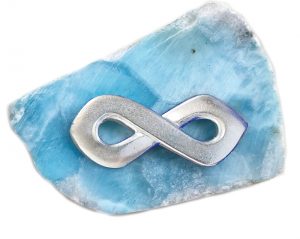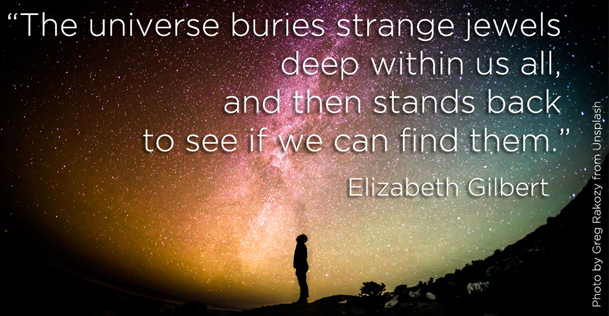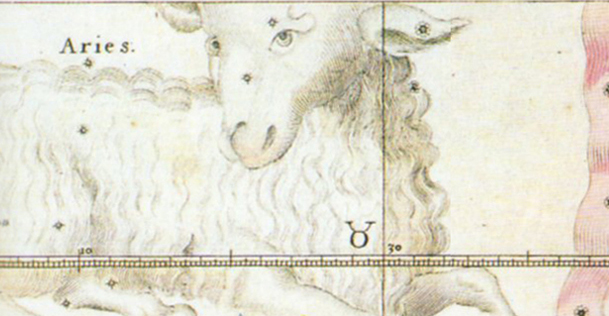The infinite dance of dynamic equilibrium
Balance. Now there’s a thing to contemplate. We keep talking about a need for more balance in our lives as we feel flung this way and that by demands, obligations, the unexpected and the unplanned.
Underneath all the noise of busy modern lives, our bodies know that we need balance.
We feel it like a quiet craving. It manifests as a creeping sense of unease in the midst of the storm of stuff we deal with daily. And we then read this as fear and anxiety, when it’s simply a need for peace and quiet.
If we ignore that craving for too long it becomes, literally, disease. For example, there’s more than enough research showing how imbalances of vital nutrients, or gut bacteria, in our bodies lead to inflammation and illness.
Our bodies have an innate wisdom, also found in all biological systems, which is simply the continual practice of restoring balance.
This is known as homeostasis, a natural ‘law’ that appears in all biological systems and cellular life. ‘Homois’ (Greek) means ‘like’ (as in ‘similar’) + stasis means state, so the suggestion is that the biological urge is to always return to a similar state. The implication is that this urge to return to homeostasis is simple and basic. In other words, more like an automatic reaction than an intelligent response to circumstances.
However, our bodies are complex systems of 40 trillion cells, situated within the complexities of social systems and the natural world. Ultimately we cannot draw clear lines of distinction between microbes, cells, cultural stories, or the weather.
This makes simplistic mechanistic concepts like homeostasis redundant.
When something has been acted upon, when it has become entangled with whatever else has entered the field, it cannot return to the similar state that it was in before this change. Clearly neither our bodies nor the natural world operate this way. What interrupted balance must now be assimilated or incorporated or transformed. (Even elimination is an act of transformation – energy doesn’t simply ‘disappear’.)
The system will never be the ‘same way’ twice. Like the old adage about not being able to step in the same river. Change is the only constant. There would be no evolution if return to stasis was nature’s basic response in the face of change.
I prefer to think of this natural seeking of balance as dynamic equilibrium.
Homeostasis is a misnomer. Balance is not a place or a state we get to, it’s the ability to sustain the continual movement back and forth between polarities and not get stuck in one side or the other. Our bodies restore balance through the perpetual motion of our heart’s beat, through the constant birth and death of cells.
This natural intelligence within offers a wisdom we can apply to our lives.

The concept of homeostasis underpins our belief that health is a ‘state’, a perfect place of ease and wellbeing. But while it’s one that is possible to attain, it’s impossible to maintain!
Simply because of that one constant: change.
Instead, health and wellbeing, ease and balance are found in how we participate in the infinite dance of energy, re-finding centre through continual motion.
This infinite looping also expresses a basic law of how energy is created through a chicken-or-egg dance between electricity and magnetism. The core of the earth is a giant magnet, the rotation of the earth produces electricity – and one cannot happen without the other. The same electricity is foundational to our life. Electrical impulses initiate our first embryonic heartbeat, and underpin the functions of our neurons.
This vital energy of life in our cells, and in the farthest stretches of space is in a dynamic equilibrium. We won’t ever arrive at a state of perfect balance because there isn’t one – so we may as well enjoy the ride!




One Comment
Comments are closed.